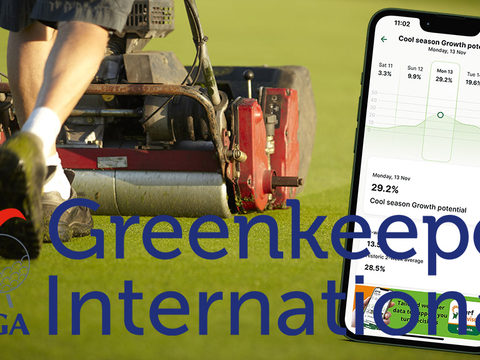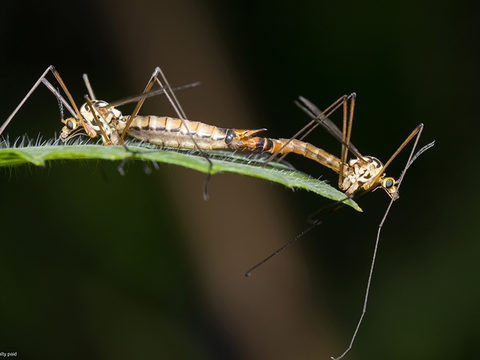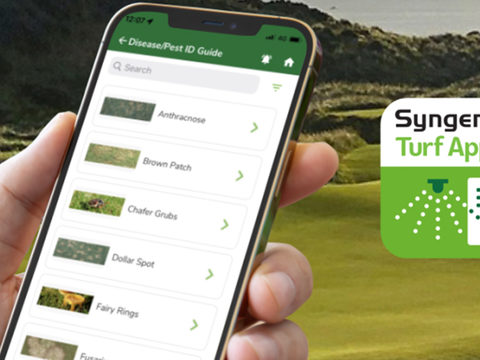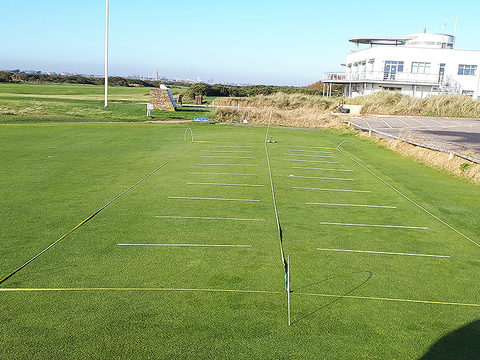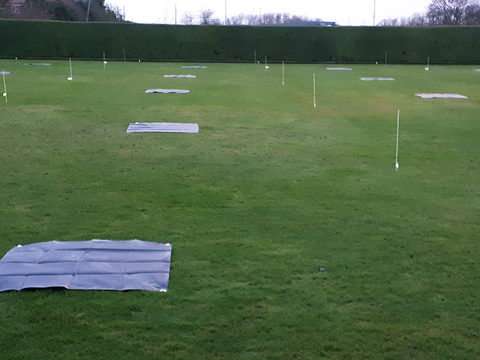Continue to Learn - Find out how to get more from trials
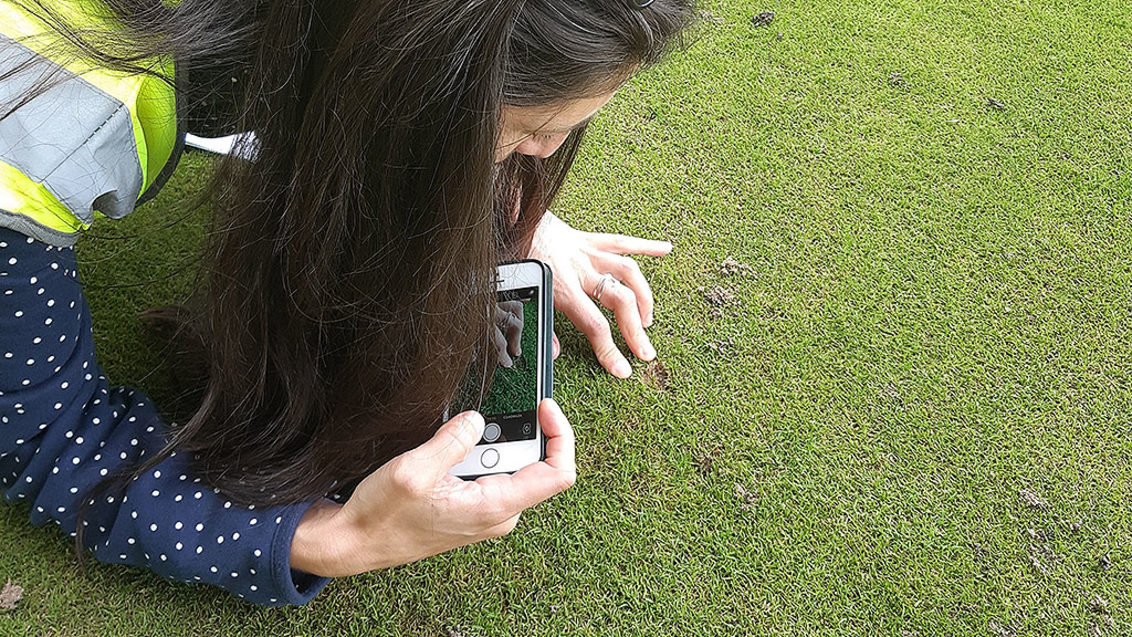
As we move into an era where ITM programmes consist of many parts, assessing the value of each, one at a time, can begin to tease out what really works, reports Glenn Kirby, Syngenta Technical Manager.
Managing quality turf through more challenging climatic conditions and facing greater pressures from pests and diseases increasingly calls for more a complex integrated approach to optimise results and build greater resilience.
With more elements put into the mix, including nutrition, biostimulants, wetting agents, trace elements and biologicals, for example, alongside conventional fungicides, insecticides and growth regulators, it’s increasingly difficult to know what or how much each element is contributing.
Some products will undoubtedly be making a fundamental difference, others adding valuable marginal gains, but some may be giving little or no tangible benefit.
The question is how much could you expect to see, and how much will actually occur in your specific situation?

CONTINUE TO LEARN - Glenn Kirby will be presenting Understanding trial data ‑ how to read it and how to create your own on Monday 21 March at BTME
Finding out what works effectively on individual courses has increasingly come to the fore with the introduction of more sophisticated Integrated Turf Management (ITM) strategies. Every course is unique in the challenges it faces, the climatic conditions experienced and the turf management practices employed – along with the club members’ expectations.
With ever greater scrutiny on greenkeeping budgets there is the need to know what each element of an ITM programme is delivering, along with the desire of a higher-level educated greenkeeping industry to question and better understand what is being used, and why.
On course trials are an extremely valuable way to gain experience of what works for you.
Trials data enables the creation of graphics to easily visualise differences, depict trends and interpret results. This is where the true value of replication of trial plots is most evident, since consistent trends point towards more reliable data.
It can also powerfully demonstrate your aproach to golf club management, or used in players’ newsletters to explain results of what has been done and why.
One aspect to explore could be collaborative testing of strategies among a local group of courses where similar conditions occur, and like-minded practices used.
On-course trials are invaluable for refining an ITM strategy that works for your specific situation, as well as introducing new elements, from grass varieties to aeration equipment, to biostimulants or biological controls.
It can help ensure you get best value for money from your budget now and in the future, as well as maintaining turf more effectively under changing pressures and risks.


